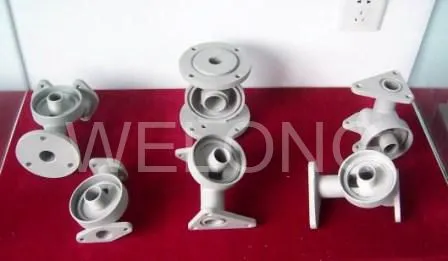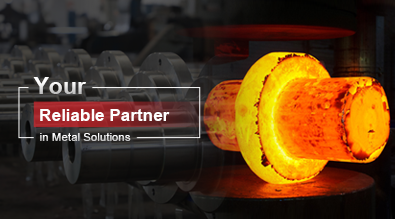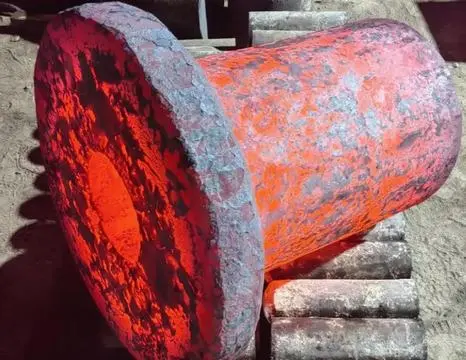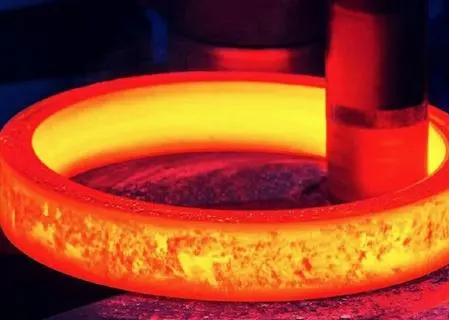What Is Difference Between Silica Sol and Water Glass in Casting?
In the world of metal casting, various materials and techniques are employed to create high-quality molds and cores. Two commonly used binders in this process are silica sol and water glass. While both serve similar purposes, they have distinct characteristics and applications. This blog post will explore the differences between silica sol and water glass casting, delving into their properties, advantages, and specific uses in the foundry industry.

What are the main properties of water glass in casting?
Chemical composition and structure
Water glass, also known as sodium silicate, is an inorganic compound composed of sodium oxide (Na2O) and silicon dioxide (SiO2). In casting applications, it is typically used as a liquid solution with varying ratios of Na2O to SiO2. The chemical structure of water glass consists of a network of silicate anions surrounded by sodium cations. This unique composition gives water glass its distinctive properties, making it suitable for various casting processes. When used in water glass casting, it acts as a binder, helping to hold sand particles together and form rigid molds or cores.
Binding mechanism and hardening process
The binding mechanism of water glass casting involves a complex process of dehydration and polymerization. When water glass is mixed with sand and exposed to carbon dioxide (CO2) gas, it undergoes a chemical reaction that results in the formation of a silica gel. This gel binds the sand particles together, creating a solid and stable mold or core. The hardening process in water glass casting can be accelerated by using heat or chemical hardeners, such as esters. This versatility in hardening methods allows foundries to adjust the curing time based on their specific requirements and production schedules.
Advantages and limitations in casting applications
Water glass offers several advantages in casting applications. It is relatively inexpensive, environmentally friendly, and provides good strength to molds and cores. Water glass casting also allows for easy reclamation of sand, reducing waste and costs associated with sand disposal. However, it does have some limitations. Molds and cores made with water glass can be sensitive to moisture, which can affect their dimensional stability. Additionally, the hardening process can be slower compared to some other binder systems, potentially impacting production efficiency. Despite these limitations, water glass remains a popular choice in many foundries due to its overall cost-effectiveness and environmental benefits.
How does silica sol differ from water glass in casting applications?
Chemical composition and colloidal nature
Silica sol, also known as colloidal silica, is a stable dispersion of silica particles in water. Unlike water glass, which is a solution of sodium silicate, silica sol consists of discrete silica particles suspended in a liquid medium. These particles typically range from 5 to 100 nanometers in size. The colloidal nature of silica sol gives it unique properties that differentiate it from water glass in casting applications. When used in casting, silica sol acts as a binder by forming a network of silica particles that adhere to the sand grains, creating a strong and stable mold or core.
Binding mechanism and gel formation
The binding mechanism of silica sol in casting involves the formation of siloxane bonds between the silica particles and the sand grains. As the water evaporates from the silica sol, the silica particles come closer together and begin to form a gel network. This process is often accelerated by the addition of a gelling agent, such as an acid or a salt. The resulting gel structure provides excellent strength and dimensional stability to the molds and cores. In comparison to water glass casting, the gel formation in silica sol casting is generally faster and less dependent on external factors such as CO2 gas or heat.
Advantages and limitations compared to water glass
Silica sol offers several advantages over water glass casting applications. It provides higher strength and better surface finish to molds and cores, resulting in improved casting quality. Silica sol casting also exhibits better resistance to moisture and humidity, making it suitable for applications where dimensional stability is critical. Additionally, the curing process of silica sol is generally faster and more uniform than water glass, potentially improving production efficiency. However, silica sol is typically more expensive than water glass, which can be a limiting factor for some foundries. It also requires more careful handling and storage due to its colloidal nature and sensitivity to freezing temperatures.
What factors should be considered when choosing between silica sol and water glass for casting?
Casting process requirements
When deciding between silica sol and water glass for casting, it's crucial to consider the specific requirements of the casting process. Water glass casting is often preferred for larger molds and cores due to its lower cost and ease of use. It is particularly suitable for applications where high production volumes and cost-effectiveness are primary concerns. On the other hand, silica sol casting is typically chosen for more complex or precision castings where superior surface finish and dimensional accuracy are required. The choice between the two binders may also depend on the type of metal being cast, as some metals may react differently with water glass or silica sol.
Environmental and regulatory considerations
Environmental and regulatory factors play an increasingly important role in the selection of casting binders. Water glass is generally considered more environmentally friendly due to its inorganic nature and lower emissions during the casting process. It also offers easier sand reclamation, which can reduce waste and environmental impact. Silica sol, while also inorganic, may have some environmental concerns related to the production of colloidal silica. However, both binders are generally considered more environmentally friendly than organic binders. Foundries must consider local regulations and environmental policies when choosing between water glass and silica sol for their casting operations.
Cost and performance trade-offs
The decision between water glass and silica sol often comes down to a balance between cost and performance. Water glass is generally less expensive and can be suitable for many casting applications, especially where high strength is not critical. It offers good value for money in large-scale production. Silica sol, while more expensive, provides superior strength, surface finish, and dimensional stability. This can lead to improved casting quality and potentially lower reject rates, which may offset the higher initial cost. Foundries must carefully evaluate their specific needs, production volumes, and quality requirements to determine whether the performance benefits of silica sol justify its higher cost compared to water glass casting.
Conclusion
In conclusion, both silica sol and water glass casting play crucial roles in the casting industry, each offering unique advantages and limitations. Water glass provides a cost-effective and environmentally friendly option, suitable for large-scale production and simpler castings. Silica sol, on the other hand, offers superior strength, surface finish, and dimensional stability, making it ideal for precision and complex castings. The choice between these two binders depends on various factors, including specific casting requirements, environmental considerations, and cost-performance trade-offs. Understanding these differences allows foundries to make informed decisions and optimize their casting processes for quality and efficiency.
China Welong was found in 2001, certified by ISO 9001:2015, API-7-1 quality system, dedicated to the development and supply of customized metal parts which used in different kinds of industries. Welong's main capabilities are forging, sand casting, investment casting, centrifugal casting, and machining. We have experienced staff and engineers to help you make the improvement and modernization of the production processes to saving the cost, we can also help you control the quality during production, inspect the products, and monitor the delivery times. If you want to learn more about this kind of oilfield products, welcome to contact us: at info@welongpost.com.
References
- Brown, J. R. (2000). Foseco Ferrous Foundryman's Handbook. Butterworth-Heinemann.
- Stachowicz, M., Granat, K., & Nowak, D. (2011). Application of silica sol in manufacturing of sandmixes and ceramic moulds. Archives of Foundry Engineering, 11(3), 123-128.
- Iler, R. K. (1979). The Chemistry of Silica: Solubility, Polymerization, Colloid and Surface Properties and Biochemistry of Silica. Wiley.
- Casting, ASM Handbook, Volume 15. (2008). ASM International.
- Holtzer, M., & Bobrowski, A. (2017). Binder systems for foundry molds and cores. Archives of Foundry Engineering, 17(1), 61-66.
- Ramrattan, S. N., & Joyce, M. K. (2015). Sodium Silicate Bonded Sand Casting. In Encyclopedia of Iron, Steel, and Their Alloys. CRC Press.


China WELONG-Your Reliable Partner in Metal Solutions

